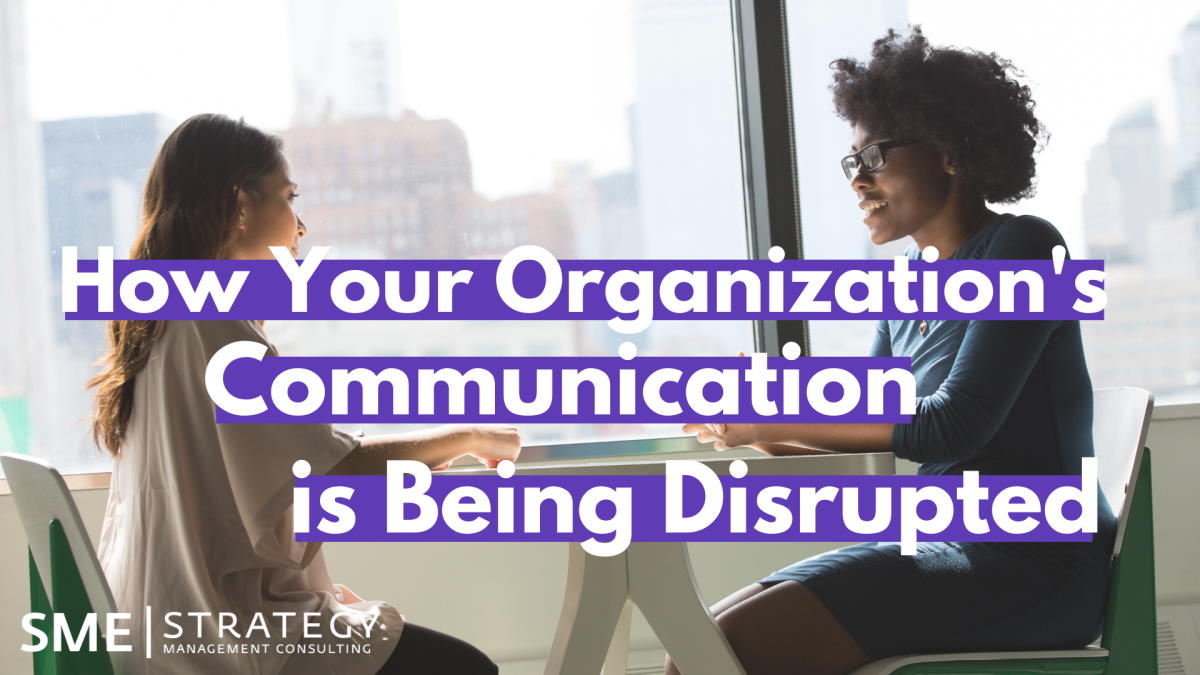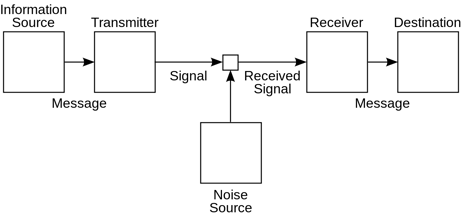
In any organization, efficient communication internally is a driving factor of success and employee morale. When employees are able to understand each other, they’re able to work better together and therefore create a better experience for the customers as well. A strong communication flow allows a message to go from top to bottom, laterally, and even diagonally across departments. However, having an effective communication flow is easier said than done.
If you're looking for a strategic planning facilitator to help improve your communication, alignment and buy-in, SME Strategy can help. Check out our facilitation services here:
The included video is a remake of the telephone game we’ve all played, where a whispered message is quickly lost while being passed around a circle. Instead of passing a message around verbally, subjects in the video must do so using only gestures and body movement. As expected, the message is distorted in comical fashion, leaving an indistinguishable shred of the original message by the time it reaches the end of the line.
Watch: Leading Your Team Through Disruption
The video does a great job of showing us that the original message is clear, concise and delivered with intention. Viewers can clearly see that the first person to pass the message along is riding a motorcycle. It is unmistakable because of his level of intent and attention to detail. As the message is passed along, the intention is lost, details are skipped, and some senders don’t take it seriously. This is quite possibly what’s happening within your organization.
Watch: No Communication Management Could be the Reason Your Strategy Implementation is Failing
The message is soon lost because of the sheer number of people the message must travel through. The same problem is evident when a message must navigate a long or confusing organizational structure. Each recipient must receive, decode and understand the message before it’s then encoded and transmitted to the next person, resulting in fast confusion. But the number of people in a communication flow is just one reason communication can be disrupted:
- Communication overload
People can only process so much information, and it’s possible that amount is getting smaller in today’s age of social media. According to a 2017 Deloitte consumer study, people check their devices 47 times on average across all age groups, with the number significantly higher among younger people. In order to avoid overloading colleagues with information, minimize the number of communication channels you use while keeping your message clear and concise.
- Tribalism
Tribalism occurs when similar personalities, traits, and loyalty cause people to support the interests of a group rather than the organization as a whole. Although tribalism can be beneficial within an organization, it can also be destructive to the flow of communication as people begin to mislead, undermine or refuse to communicate with other tribes.
- Poor retention
Poor retention of information can occur for a number of reasons, including lack of motivation, an inability to understand and too much mental stress. Looking back on the video, some participants appear not as interested in whether the correct message is passed on or not. Making sure employees feel recognized, are paid well and not overworked are a few ways to improve retention.
- Noise
One of the strongest disruptors of communication is noise. Sarcasm, biases, jargon, wandering thoughts, mumbling, and talking speed are all common forms of noise. Too much noise in a message can result in wrong perceptions and ultimately the breakdown of a communication flow. It’s up to both the sender and receiver to eliminate noise, making it one of the more painful types of disruption. Shown below is Claude Shannon's diagram of a general communication system from his Mathematical Theory of Communication.

It’s generally accepted that face-to-face communication is the most ideal and functional method, but as you can see from the video, there are still plenty of ways for the message to get lost. There is no one way to improve the communication flows in your organization, and it will take buy-in and alignment from your people.
What is your organization doing to improve the movement of communication?




